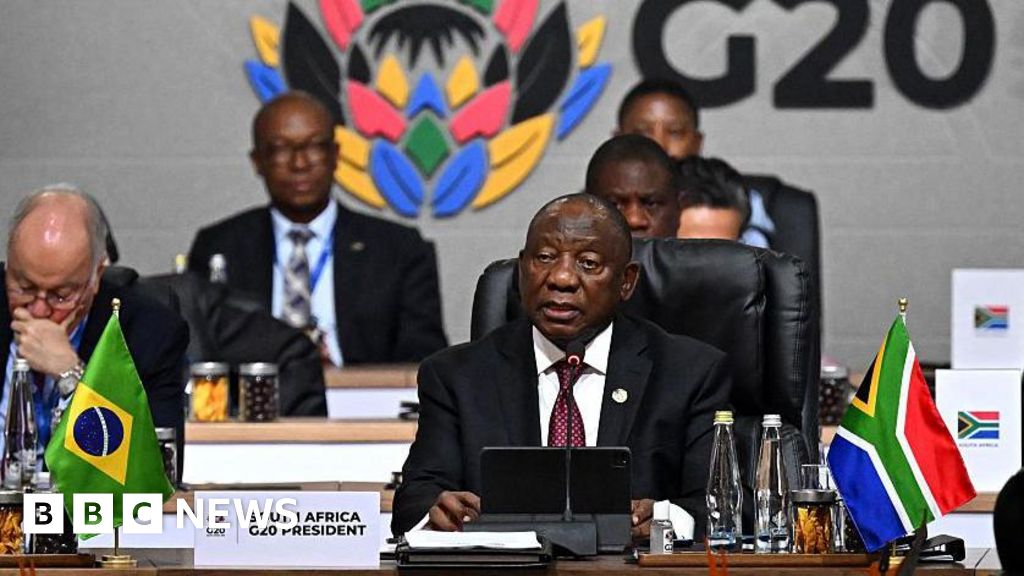Centre for Research on Energy and Clean Air says 113 Russian vessels have flown a false flag in the first nine months of 2025.
Published On 27 Nov 2025
Russian “shadow vessels” are using false flags to skirt sanctions imposed on Moscow over its war in Ukraine, according to a new report.
A total of 113 Russian vessels have flown a false flag in the first nine months of this year, transporting some 11 million tonnes of oil valued at 4.7 billion euros ($5.4bn), according to the report published on Thursday by the Centre for Research on Energy and Clean Air (CREA), a Helsinki-based think tank.
Recommended Stories
list of 4 items- list 1 of 4US ranchers whiplashed by Trump’s beef policies
- list 2 of 4China blocks ByteDance from Nvidia chip use: Report
- list 3 of 4US group sues Apple over DR Congo conflict minerals
- list 4 of 4Ireland tightens immigration rules to check population growth
“The number of Russian ʻshadowʼ tankers sailing under false flags is now increasing at an alarming rate,” said report co-author Luke Wickenden.
“False-flagged vessels carried 1.4 billion euros ($1.6bn) worth of Russian crude oil and oil products through the Danish Straits in September alone.”
Russia’s clandestine shadow fleet transports sanctioned commodities, especially oil, under non-Russian flags to evade scrutiny.
Every vessel sailing on the open seas is required to fly a flag that provides it with legal jurisdiction for its operations in international waters.
The United Nations Convention on the Law of the Sea allows countries to grant their nationality to ships and fly their flag.
Some countries provide open registries that allow foreign-owned or controlled vessels to use their flag, a practice favoured by some shippers due to lower regulatory burdens and registration costs.
In its report, CREA said that 96 sanctioned vessels had flown a false flag at least once this year as of the end of September.
A total of 85 vessels registered at least two flag changes six months after being sanctioned by the European Union, the United States Department of the Treasury’s Office of Foreign Assets Control (OFAC) or the United Kingdom, according to the think tank.
Six flag registries that had not flagged a Russian ship before Moscow’s full-scale invasion of Ukraine in February 2022 had at least 10 such vessels each in their fleet in September 2025, according to CREA, for a total of 162 shadow vessels.
“In addition to the risks of false flagging, we also see that ʻshadowʼ vessel operators are taking advantage of capacity limitations of economically weak nations to exploit their flags and existing regulations to gain passage rights to deliver blood oil,” said co-author Vaibhav Raghunandan, calling on the EU and the UK to reform their flagging regulations and practices.
CREA said it based its report on vessel ownership and flag registry records obtained from maritime safety platform Equasis.
It said it cross-referenced the data with the IMO Global Integrated Shipping Information System (GSIS), a global shipping industry database.
‘More evasive techniques’
Rachel Ziemba, adjunct senior fellow at the Washington-based Center for a New American Security, said the CREA’s findings aligned with previous reports on Russia’s shadow fleet.
Ziemba said Moscow had resorted to “more evasive techniques” on the back of increased pressure from the EU, as well as moves by China to block so-called “zombie vessels”, which use the registration numbers of retired vessels.
While the US and the EU have continued to roll out new sanctions on Russian oil, “there is an open question about enforcement”, Ziemba said.
With sanctions enforcement becoming more difficult due to the growing illicit trade, countries would need to target vessels, intermediaries and buyers to significantly reduce Russia’s oil sales, she said.
“But that comes with costs,” Ziemba said, suggesting that China, a major buyer of Russian oil, could retaliate against countries that tightened sanctions.
“Plus, actual enforcement might mean more quasi-military stoppages of vessels to check papers, something that these countries might be wary of doing,” she added.

 7 hours ago
2
7 hours ago
2











 English (US) ·
English (US) ·